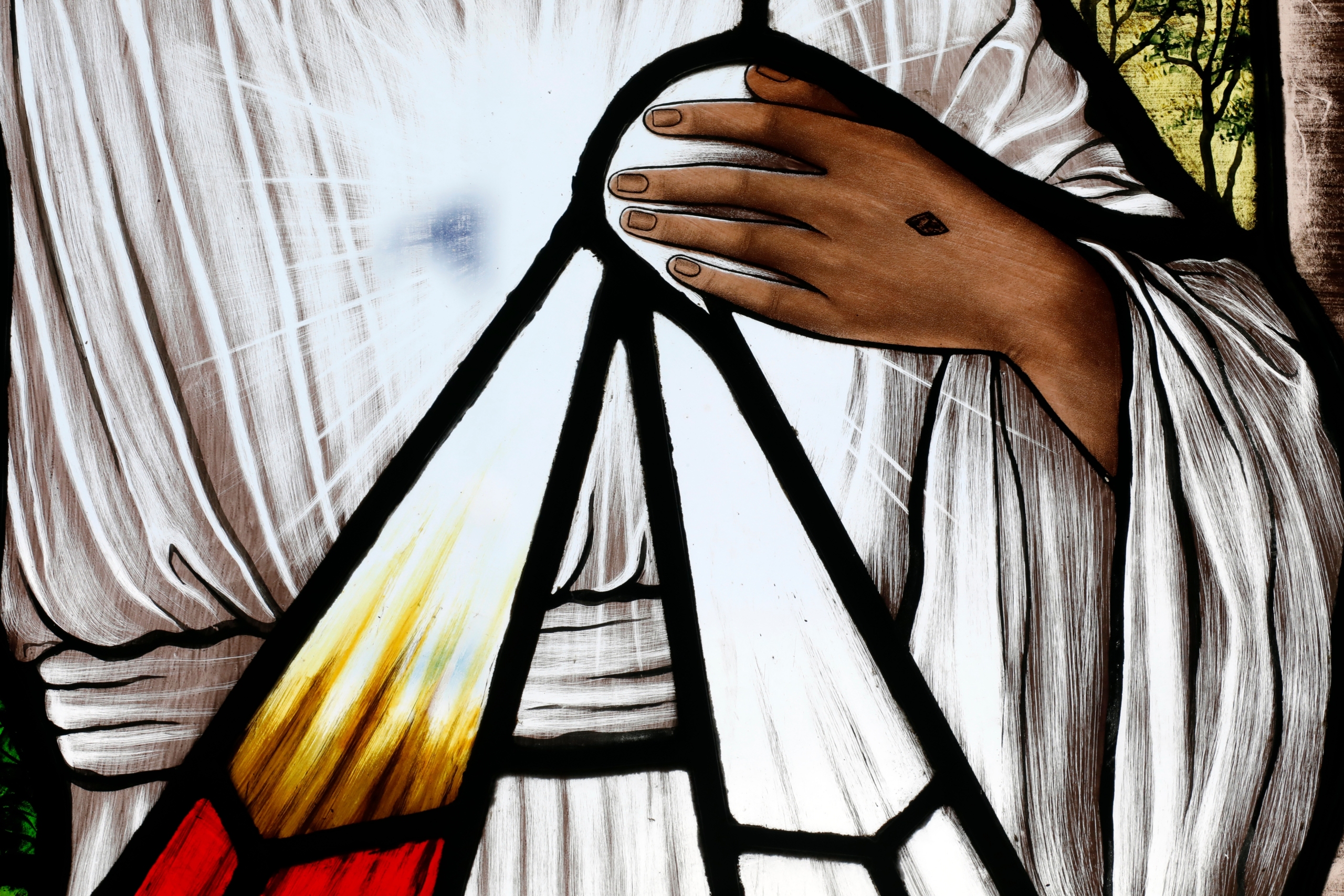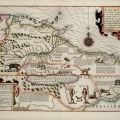In religious spaces and public institutions around the world, a recognizable image has gained quiet prominence. A figure in white raises one hand in gesture, while two rays—one red, one pale—emerge from the chest. Beneath it appears a short phrase: “Jesus, I trust in you.”
Known as the Image of Divine Mercy, this visual first appeared in Poland in the early 20th century. Though rooted in Christian iconography, its meaning has broadened across time and place. The image and its message have been interpreted in many ways—as a symbol of hope, compassion, and response to human suffering.
Origins in Interwar Poland
The origins of the image are closely tied to Helena Kowalska (later known as Faustina), a member of the Congregation of the Sisters of Our Lady of Mercy. In 1931, in the Polish city of Płock, she described a vision in which Christ appeared to her, wearing white, with one hand raised and the other touching his chest. From this point, two rays of light extended—one red, the other pale. She later explained that the rays symbolized blood and water, and that the image conveyed an offer of divine mercy to humanity.
Her descriptions were recorded in a spiritual diary, later published and widely circulated. The diary also included a phrase that became central to the image’s interpretation:
“Humanity will not find peace until it turns with trust to my mercy” (Diary, 300).

Translating the Vision into Art
Kowalska shared her experience with her confessor, Michał Sopoćko, who commissioned a local painter, Eugeniusz Kazimirowski, to create a visual representation of the vision. The painting was completed in Vilnius in 1934, under Faustina’s close supervision. Though she expressed some dissatisfaction with the result, the image was displayed publicly for the first time during Easter in 1935.
A Second Image and Broader Recognition
In 1943, a second version of the image was created by the Polish artist Adolf Hyła. His version was painted as a votive offering after surviving the early years of World War II. Guided by descriptions from Faustina’s diary and earlier reproductions, Hyła depicted a gentler expression and more accessible style. This image was installed in the convent chapel in Kraków-Łagiewniki, where it remains today.
Hyła’s version became the most widely recognized and helped spread the visual and devotional framework associated with Divine Mercy to a wider public.

Promotion and Institutional Support
Karol Wojtyła, who would become Pope John Paul II, played a key role in promoting the message and imagery of Divine Mercy. Born in Wadowice, near Kraków, he was familiar with the region and the story of Faustina. As Archbishop of Kraków, he supported the publication of her diary and the recognition of her spiritual experiences.
As pope, he canonized Faustina in 2000 and established the Sunday after Easter as Divine Mercy Sunday within the Catholic liturgical calendar. His 1980 encyclical Dives in Misericordia presented mercy as a central idea in Christian ethics and theology.
Contemporary Reception
Pope Francis also emphasized the theme of mercy, declaring a Jubilee Year of Mercy in 2015. During this period, the message was presented as a universal call to empathy, particularly relevant in a world facing political conflict, displacement, and inequality.
Today, the Divine Mercy image and its associated devotions, including a simple prayer repeated daily at 3 p.m., appear in varied settings: churches, clinics, cemeteries, private homes, and increasingly in online spaces. While its devotional context is explicitly Christian, its wider appeal often stems from its association with emotional recovery, trust, and care in times of personal or collective difficulty.
A Cultural Symbol of the 20th Century
Over the past century, the image of Divine Mercy has moved beyond its local origins. Its development—across wartime Poland, Cold War Europe, and into global circulation—reflects both the persistence of visual tradition and the adaptability of spiritual language.
For many, the image is less a doctrinal statement and more a symbol of resilience, patience, and ethical orientation. Whether seen as an object of veneration or a cultural artifact, it remains one of the more widely recognized spiritual images to emerge from the 20th century.





